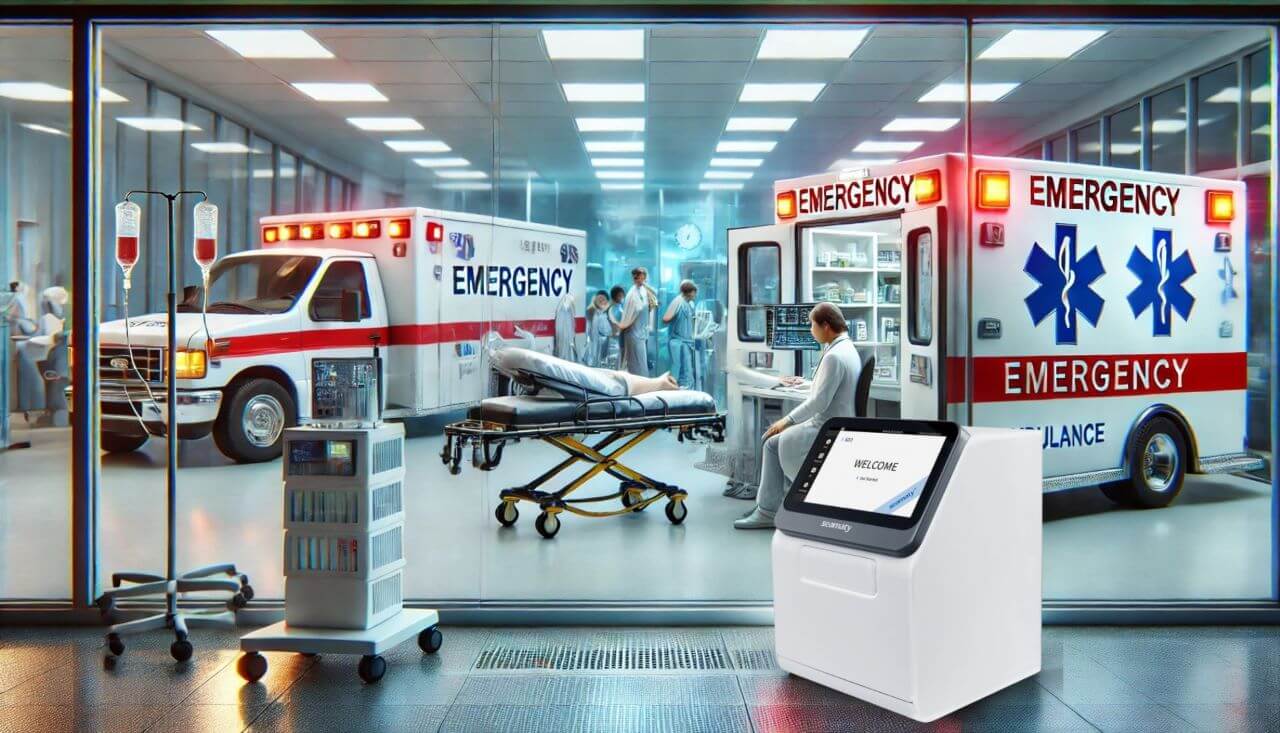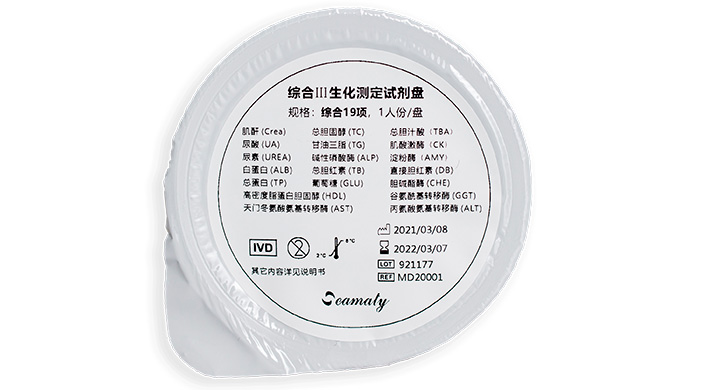Common sample abnormalities in clinical laboratory medicine include hemolysis, lipemia and jaundice, and of course veterinary clinics are no exception. The overindulgence of pets has led to an imbalance in food intake, resulting in an increase in the number of pets with hyperlipidemia. Also, many of the pets that require biochemical testing are emergency cases. They do not undergo a 12-hour food evacuation period. Others undergo biochemical testing after intravenous injection of fat milk. These are some of the conditions that lead to an increased likelihood of lipemia in pet samples. Here we will learn more about lipemia samples.
What is lipemia?
Lipemia is a condition in which lipids enter the bloodstream and make the serum or plasma appear milky white or milky yellow and cloudy.
Possible causes of lipemia
The possible cause of lipemia is due to the consumption of fat-rich foods by the affected animal before the blood was drawn. However, there may also be pathological causes. If a fasted animal has lipemia, it is pathological.
Principles of the effect of lipemic samples on biochemical test results
Blood contains high concentrations of triglycerides. This causes the plasma or serum to appear cloudy. However, a high level of cholesterol alone will not have a significant change in appearance. If the blood sample to be tested contains celiac particles. This will result in a cream-like substance floating on the surface of the blood or serum.
Since the principle of detection in biochemical analyzers is spectrophotometric. Studies have shown that lipid clouding interferes significantly with the absorbance of biochemical assays. Lipid clouding increases the turbidity of the blood sample to be tested, thus scattering the light, resulting in a decrease in transmittance and a relative increase in absorbance, which affects the test results. In this case, even the use of the two-point method or the continuous monitoring method cannot exclude the interference.
In an environment where the pH is greater than 10, the serum becomes clear due to the saponification of triglycerides in celiac disease with alkali. Many indicators measured by colorimetric methods, such as CRE, ALP, and TP, can be interfered with.
To ensure the accuracy of biochemical test results. The veterinarian will ask the patient to fast before the biochemical test. It is to prevent the absorption of lipids in food leading to the occurrence of lipemia. So how should we reduce the interference of lipid samples on the biochemical results? 4 ways to reduce the interference of lipid blood samples with biochemical analysis results


